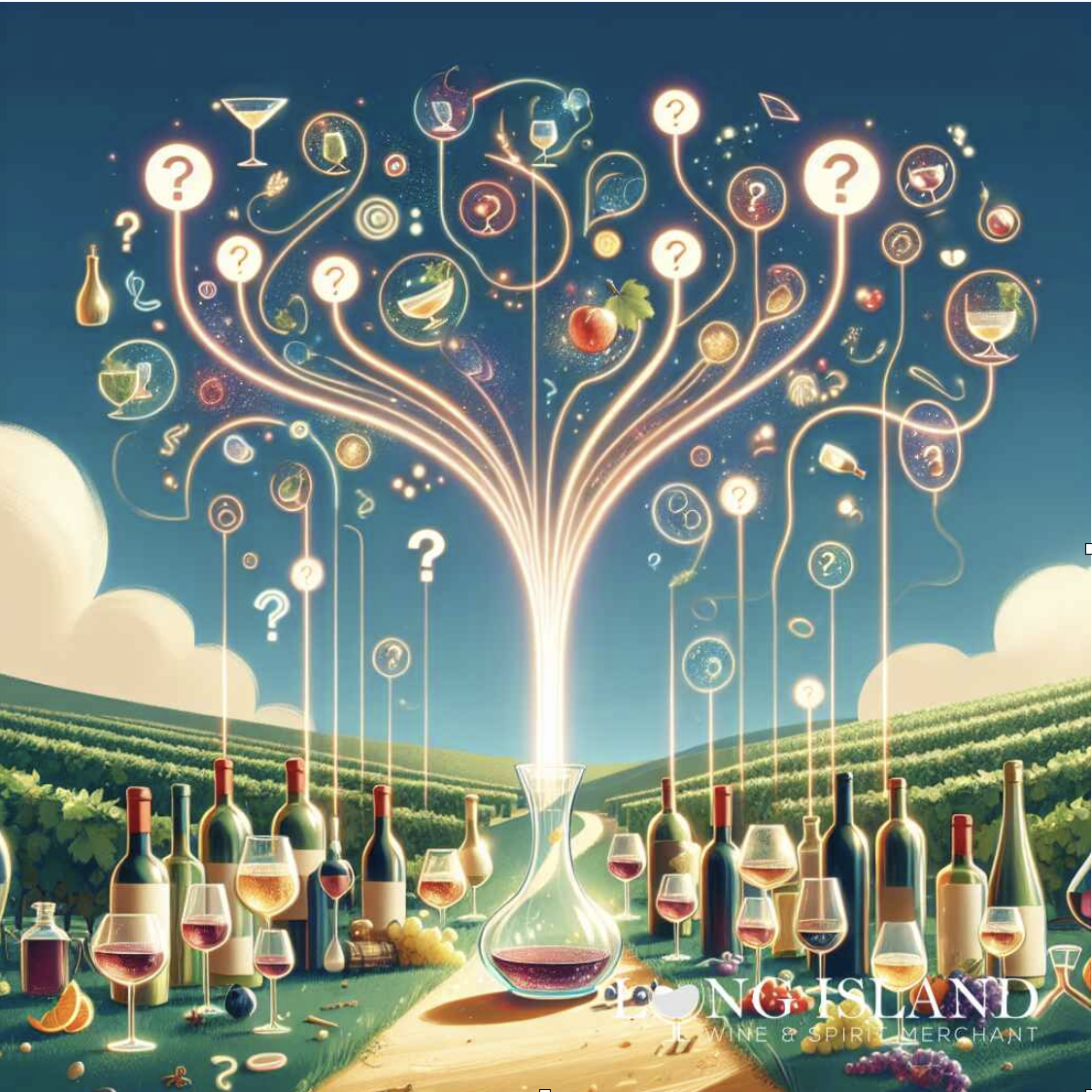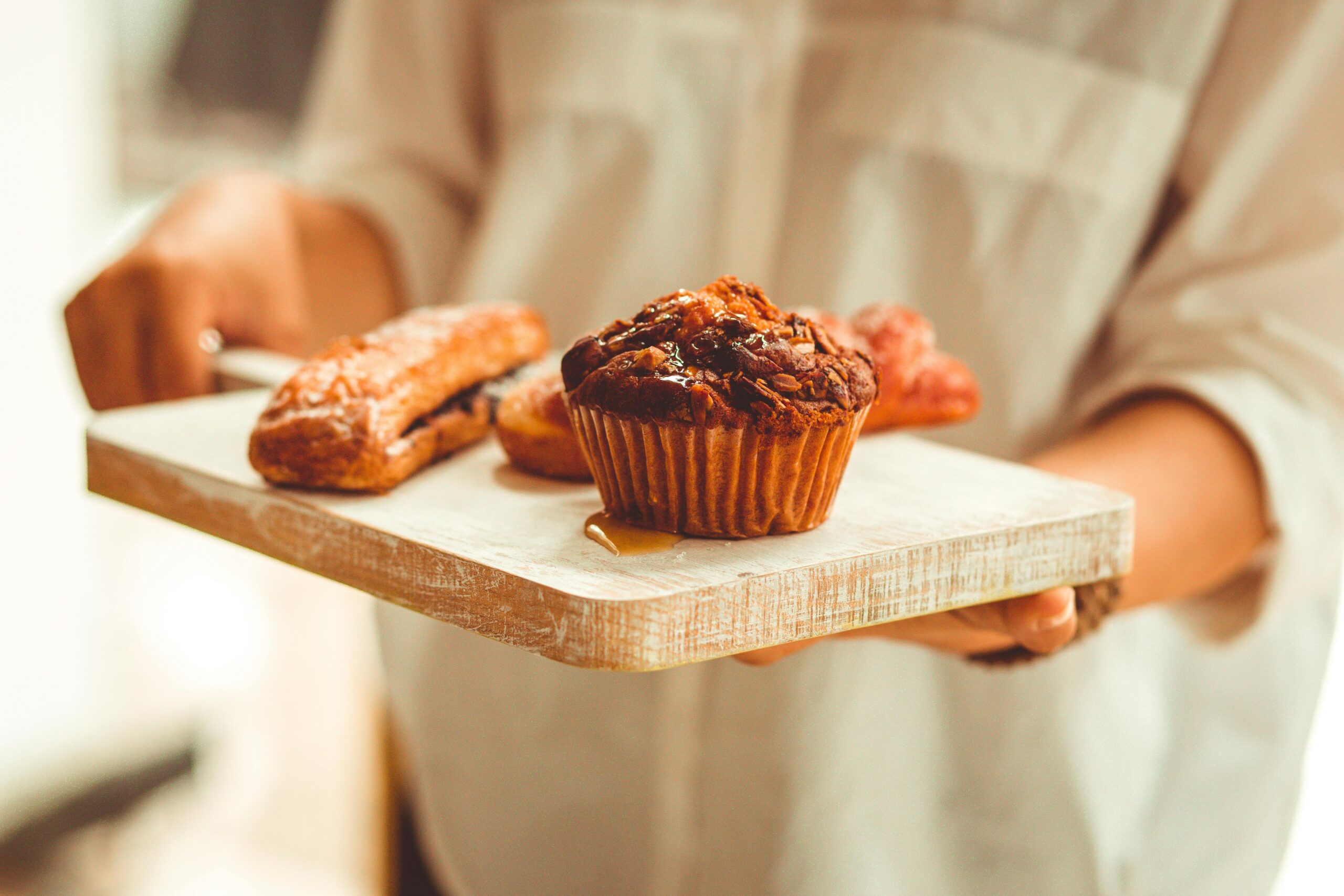
Ever been in a situation where you have so much food that could waste if something is not done urgently? You think of all the good use you could put it to on a day when you have less especially when you are not one for wasting food.
It gets really worse when you have very limited ideas on how you can store your food until you are ready to consume it. Not being able to store your food can cause you to go to bed at night without eating, probably because you came back from work tired and have little energy to start cooking. While this may cause great concern to anyone, the situation doesn’t come without a solution.
While we will be looking at this subject briefly in this article, you can visit: foodcrisisprepping.com for general tips on food storage.
We have also taken this article a step further by including the importance of storage so you can understand why you need to pay close attention to it.
Importance of Food Storage
The following are some reasons why storage is important:
To Save Money
Ingredients used in cooking can quickly add up to a tidy sum and so any waste that occurs due to lack of preservation is a waste of money and a loss to the individual. For starters, it is recommended that you don’t buy more than you can use, but if you eventually do, you can use any of these methods for preservation.
To keep Food at Its Best Quality
We know how food can be over a long time without proper storage. Rotten, spoilt, discolored, tasteless and generally unhealthy for consumption. However, if properly stored, it can still be at its best quality and healthy enough for consumption.
To Reduce Pathogenic Bacteria
Proper storage for a long term reduces the risk of having bacteria. It is a common fact that bacteria thrives in warm and moisturized places and so using any of the preservation methods does not give it a platform to thrive.
Recommended Methods for Long Term Food Storage

The following are some tips to help you with long term storage:
Freezing
In modern times, freezing is one of the recommended methods of storage provided there is adequate power supply and the refrigerator is in good condition. Freezing food preserves its quality and safety because the cold slows bacterial growth and minimizes spoilage. In some cases though, the taste can be negatively affected but generally frozen foods are safe to eat for months.
Drying
This is one of the oldest methods of storage. This method involves drying the food under the sun. For some foods, it helps to remove water in them so they can last longer, while for other foods, drying helps to kill the bacteria in them that will put them at the risk of spoiling so fast.
This method does not apply to cooked foods. It is for raw items that haven’t gone through any of the different cooking processes. If used on cooked foods, it is likely to produce a different result.
Canning
This is another viable storage method. Ordinarily, canned foods like drinks and sardines can last for a very long period of time. For some of these canned foods, their expiry dates are months or years away from the date of production and that’s really a long time. It is not enough to can foods; they should be properly sealed otherwise the purpose for canning them may be defeated.
Salting
This is one of the oldest and traditional methods. It simply involves adding a quantity of salt to the food. Salt is a preservative and when it is added to any kind of food, it preserves it for a long term. Foods like meat are in this category.
There are two methods of salting and they include:
- Dry curing: This process involves applying salt on the food, for example meat and allowing it to draw out the water.
- Wet curing: This is also known as brine. It involves mixing salt and water and adding the food to it to preserve it. It can also be done with canning.
There is an amount of salt which is required during the salting process. If it is exceeded, it can be harmful and injurious to one’s health.
Sugaring
This is done by first putting the food through dehydration process and then it is packed with unmixed sugar. Table or raw sugar may be used to achieve this process. In cases where it is not readily available, honey or syrup can be used.
As a matter of fact, all sorts of sugary substances can be used to preserve these supplies for extended periods. Sugaring creates a hostile environment for microbial life. Foods such as vegetables, ginger and fruits are commonly preserved with sugaring.
If sugaring is not done well, that is if the quantity of sugar added is too much, it attracts moisture and the instant a sufficient level of moisture is attained, the natural yeast living in that environment will emerge, get active and begin the fermentation process.
Vacuum Packing
Vacuum packing deprives bacteria of oxygen by creating an atmosphere where air cannot easily permeate. It is quite similar to canning but while the food may not last as long as those canned, vacuuming stores longer than those inside the freezer.
This process maintains the texture, color, smell and taste of food over the period before it is needed for use. It is mostly used for meat. If you need a visual guide on how to use a vacuum sealer machine to preserve your supplies, you can check out this video.
These are some of the recommended methods for storage. You can search the internet to get more information.
Conclusion
Long term food storage used to be a challenge to several people in the past but with increased technological advancements, many methods abound. These methods are efficient in reducing the wastages that happen due to lack of preservation facilities. We outlined some of them in this article, feel free to try them out.





